









Identifying your hair type starts with key terms like texture and curl pattern. Using Hair Type Identifier, you can get a precise analysis of your curly hair, pinpointing everything from a subtle wave to a super kinky curl.
Discover our hair-related API solutions










Identifying your hair type starts with key terms like texture and curl pattern. Using Hair Type Identifier, you can get a precise analysis of your curly hair, pinpointing everything from a subtle wave to a super kinky curl.
Discover our hair-related API solutions
Curly Hair Type Identifier
Help hair care brands identify customer hair issues with Hair Type Identifier, offering personalized product and styling recommendations.
Get a Free Business Consultation
Learn More: Hair Color, Wig try on, API Solutions
Identifying your hair type starts with key terms like texture and curl pattern. Using Hair Type Identifier, you can get a precise analysis of your curly hair, pinpointing everything from a subtle wave to a super kinky curl.
Discover our hair-related API solutions
How to Find Your Curly Hair Type?
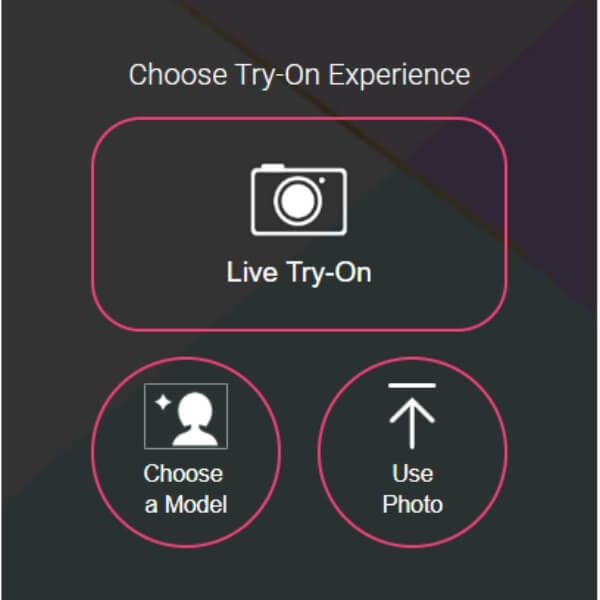
Open Your Camera.
Open Your Camera to lively detect your curly hair type.
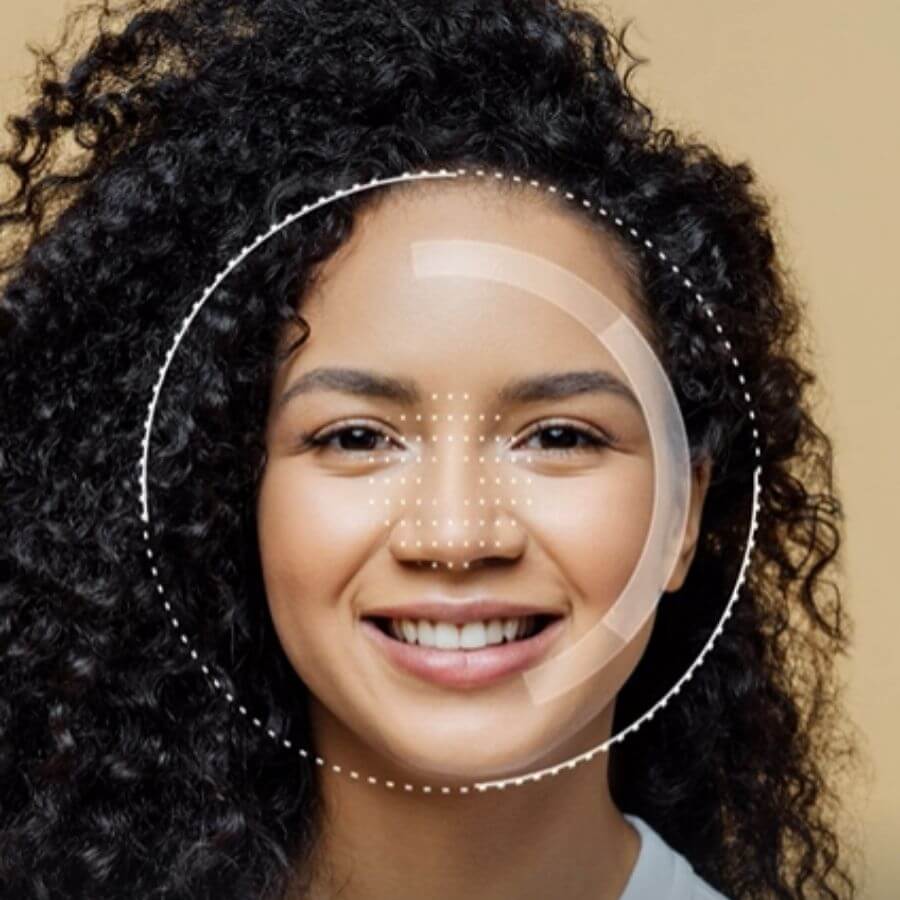
Click “Start” to analyze curly hair type.
Click start and watch as the Hair Type Identifier reveal your curl pattern in seconds.
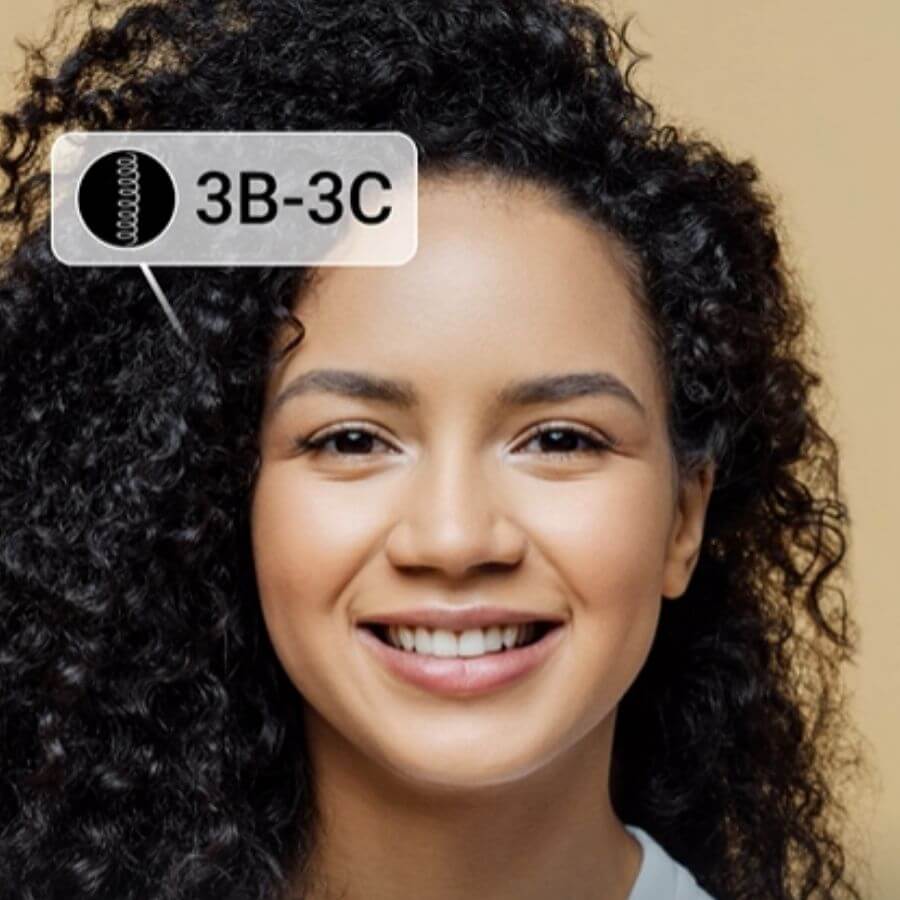
Get the Result
See what your curly hair type is with just a click!
Types of Curls Hair
Each curl has its own personality. It ranges from 2A waves—the loosest type—all the way to 4C coils, which are the tightest and most defined. Ultimately, the higher the number, the curlier and tighter the coil.
Wavy Hair (Type 2)
This type is characterized by its S-shaped pattern.
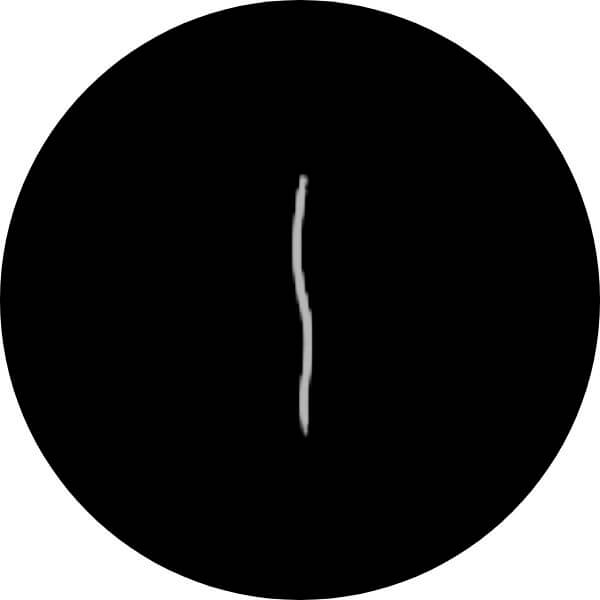
2A
The loosest waves, with a fine texture that is easy to style.
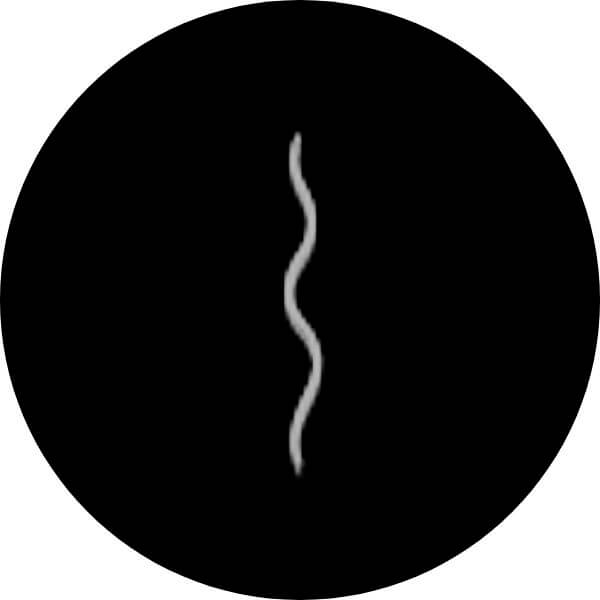
2B
More defined, medium-sized S-shaped waves that start closer to the mid-length of the hair. This type is a bit more prone to frizz.
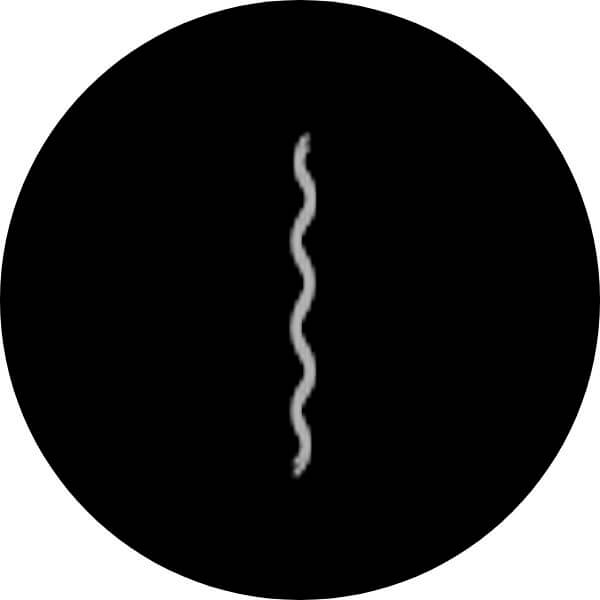
2C
Has a deeper S-shaped pattern with some defined curls and is often very prone to frizz.
Curly Hair (Type 3)
This type features distinct spiral or corkscrew curls.
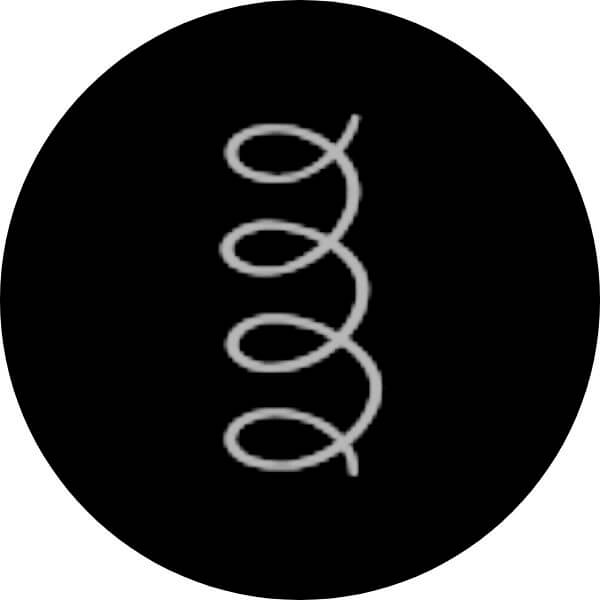
3A
Characterized by large, loose spirals.
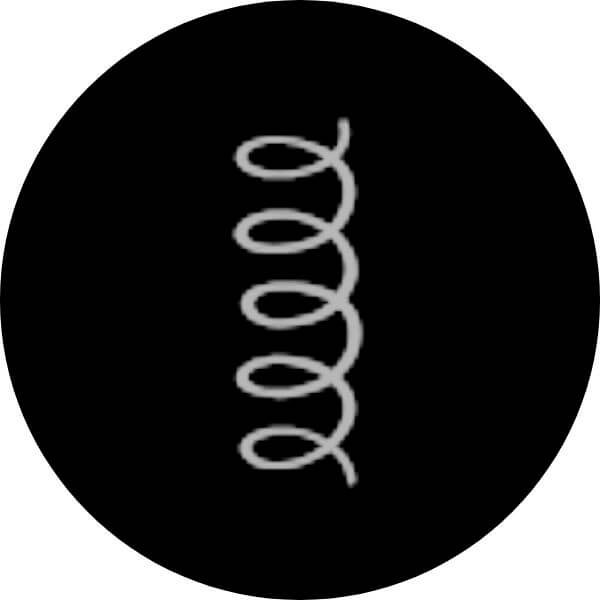
3B
Has tighter, bouncier spiral curls, roughly the size of an index finger.
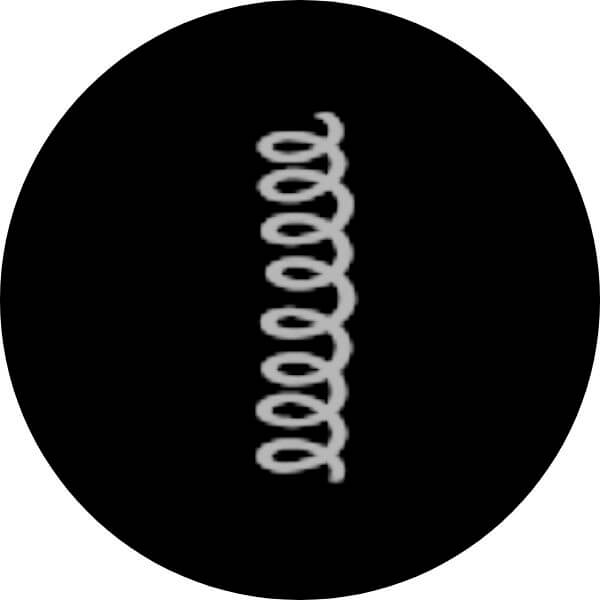
3C
Features very tight, dense corkscrew curls that are the width of a pencil. This hair type is typically prone to dryness.
Coily Hair (Type 4)
This type is defined by a tight, zigzag pattern.
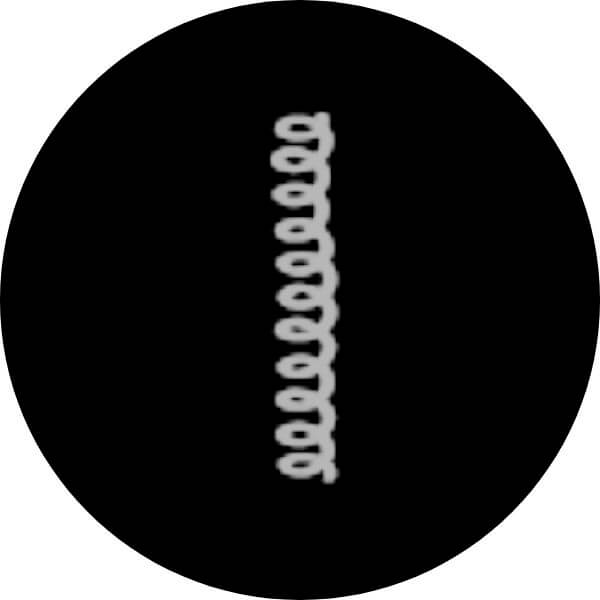
4A
Densely coiled hair with a visible S-pattern, often described as kinky-curly.
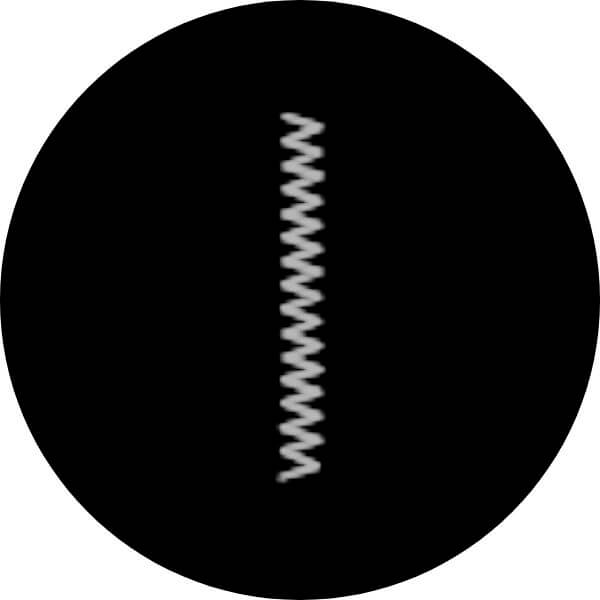
4B
Has a tiny, zigzagged pattern that is less defined. It is very porous and fragile.
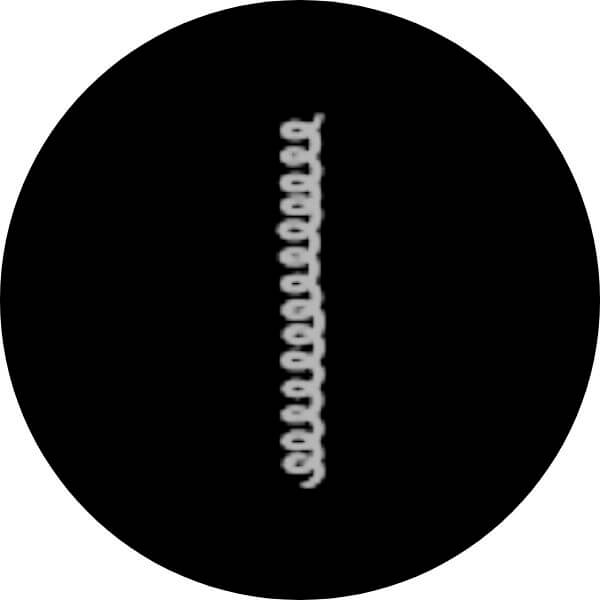
4C
The most tightly coiled hair, with a zigzag pattern that is hard to see without stretching. It is dense, extremely fragile, and the most prone to breakage.
Curl Type Chart FAQ
How do I identify my curly hair type?

To determine your curl type, start with clean, dry, product-free hair, and examine the shape of your curls. Or you can also take the easy way, visit Hair Type Scanner and detect your hair type with just a click!
Which curl type is the rarest?

Type 1A is considered the rarest hair type—it’s ultra-straight, very fine, and naturally shiny. Another uncommon trait is naturally curly blonde hair, which only a tiny fraction of people around the world have.
Which hair type is most attractive?

Wavy hair sits perfectly between straight and curly, offering the best of both worlds. It doesn’t get oily as quickly as straight hair but can be more prone to frizz. Still, its natural waves are highly sought after, giving hair beautiful volume and effortless texture.
What is the hardest type of curl?

The Incline Dumbbell Curl challenges your biceps most at the start of the movement. In this biceps mass workout, I’ve selected exercises that target the muscle through all phases—placing tension on the biceps at the beginning, middle, and end of their range of motion.








